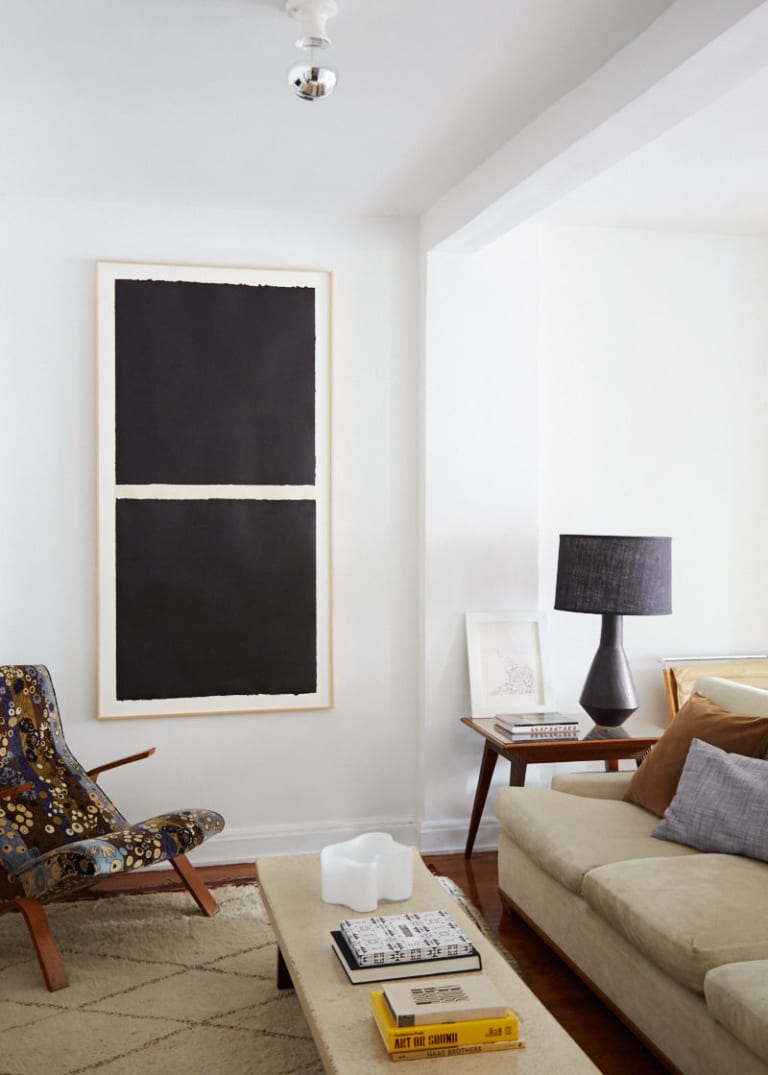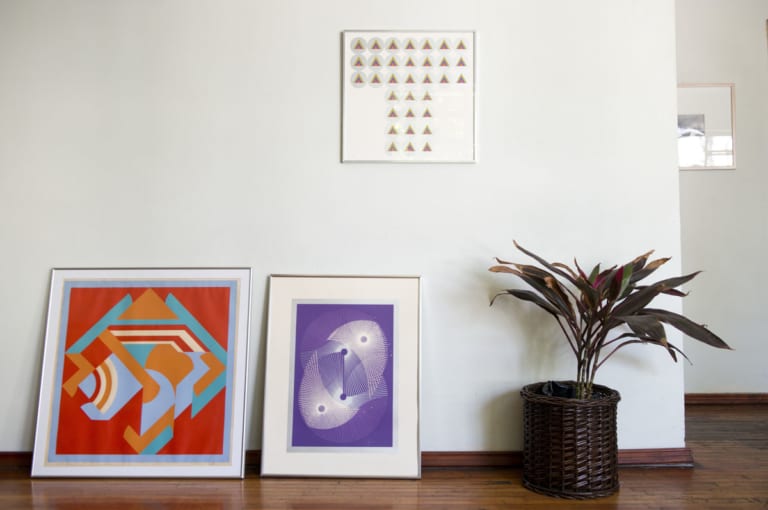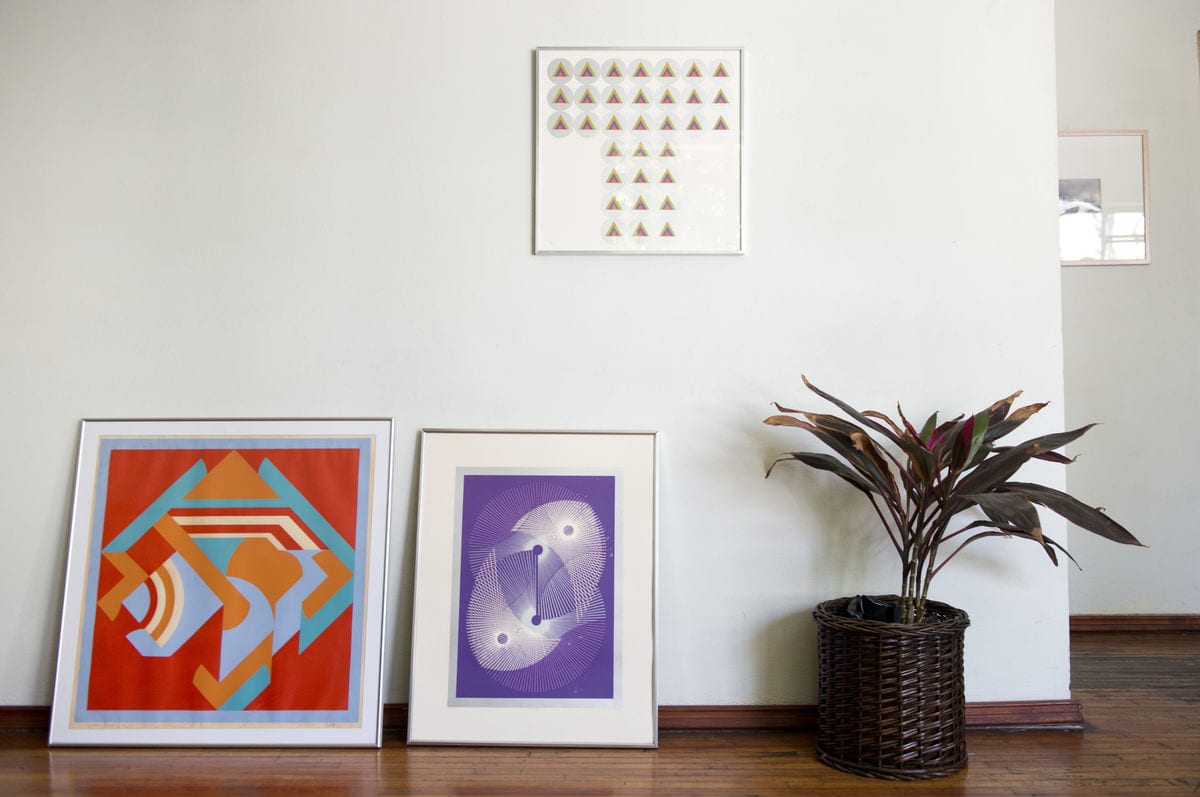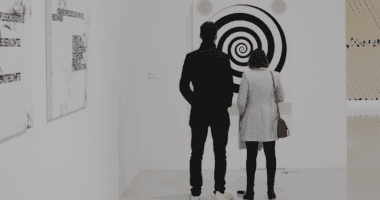In the last year alone, the number of interior designers in the United States increased by 12%. On Artsy, 60% of users with 10+ purchases are professional buyers.
Professional buyers—interior designers, advisors, and decorators—facilitate high-value client introductions and make acquisitions more frequently than an average private collector. However, they are often misconceived as an obstacle in the gallery-client relationship, despite their ever-increasing purchasing power. As the art and design markets continue to expand, nurturing relationships with professional buyers will help your gallery grow both its network and net revenue. To help you connect with professional buyers, we’ve addressed some of the most common misconceptions about working with them below.

Photo by Emily Johnston for Artsy. Courtesy of Steven Learner, founder of Collective Design
Misconception #1: Professional Buyers Only Buy Artworks under $10,000
Just as many factors contribute to the price of an artwork, buyers have to take a variety of considerations into account when orchestrating an art purchase. Their clients may not always have the budgets for a Rothko or a Picasso, but their business is still worth your while.
Buyers like to buy from galleries they’ve worked with previously:
A professional buyer can easily have upward of 10 clients annually, which is why it is important to assess the total potential value he or she can drive rather than the amount spent on one piece. Our interviews and experiences with professional buyers show that once a buyer has a great collaborative experience with a gallery, they tend to come back and make many acquisitions at that same gallery.
Art budgets are often flexible, especially in the early stages of a project:
Our experience with interior designers and decorators shows that up to 20% of a project’s budget is commonly reserved for art, and an artwork that will be the centerpiece of a space often has its own budget in the 5+ figure range. We recommend learning about the nature of the project and budget limitations early in your conversation with professional buyers to assess budget flexibility. While it’s important to stick to the agreed budget, don’t hesitate to present higher-value works for key walls—if the work is right, a client might always show flexibility.
You’re in a unique position to help new buyers:
While the art budget is often generous, some interior designers and decorators told us they felt uncomfortable spending over $10,000 on one work as they lacked art market expertise to justify the expense. If you’re working with a less-experienced professional buyer, we recommend taking the time to explain factors that contribute to the work’s value so that he or she feels comfortable presenting it to the client.
Professional buyers are on the hunt for public art:
As this NYT article recently pointed out, an increasing number of developers seek multi-million dollar works by established artists like Yayoi Kusama and Jeff Koons to make their properties more attractive and desirable. Identify and nurture relationships with professional buyers who work with corporate clients. Many such buyers purchase both small-scale art and large cornerstone pieces to make spaces like public lobbies unique and lively.
Misconception #2: They Only Care about Aesthetics
Professional buyers—especially interior designers and decorators, but also art advisors—have a deep concern for practicality when they’re working with a client.
Every project is different:
To help a professional buyer make the right choice and foster your collaborative relationship, learn about the concept for the space and limitations on artwork dimensions, subject matter, color palette, and materials.
Logistics matter:
For professional buyers, details around shipping, framing, and installation are not afterthoughts. The framing and installation process cannot compromise the aesthetic, and any additional costs have to meet the budget. We recommend guiding these clients by offering your preferred framers, shippers, and art handlers and by being as clear as possible about additional costs.
Professional buyers often commission works:
Commissioned works are a great way to create unique spaces. For example, Asher Edelman of Edelman Arts commissioned José Parlá to create a mural for One World Trade Center, and architect Peter Marino has commissioned works for luxury boutiques such as Chanel, Louis Vuitton, and Dior. When promoting an artist’s works online and on social media, note if they take commissions to save buyers the trouble of asking.

Photo by Adam Wiseman for Artsy. Courtesy of Daniel Garza-Usabiaga.
Misconception #3: They Back Out of Sales
Both the buyer and the gallerist are limited in the amount of control they have over the finalization of a purchase—at the end of the day, it all comes down to the buyer’s client. That said, there are some concrete steps that galleries can take to increase their chances of closing a sale.
Good communication leads to more sales:
Many factors come into play when finalizing the decision, including the client’s wishes and preferences, precise artwork specifications, and appropriate timing. Make sure you agree on the artwork details and expectations at the outset. Define and confirm timelines, and learn about the decision-maker’s needs and wishes.
Transparency and timing are key:
To approve the acquisition, a professional buyer will normally present multiple options to the client. Beyond aesthetic preferences, over which you have little control, the final price and convenience will make a difference. To increase your chances of securing a sale, we recommend responding to inquiries quickly with key information around dimensions, best asking price, and shipping and framing estimates. High-resolution, detail, and installation shots of the artwork, along with key contextual information, are also hugely appreciated by buyers. All of this information can be easily emailed on the go via Artsy’s Folio app for galleries.
A failed sale doesn’t mean a failed relationship:
If one sale does not go through, offer alternative available works and stay in touch to be informed about future opportunities. While the buyer’s client might choose work from another gallery, nurturing your relationship with the buyer can open doors in the future. Offer to stay in touch about future objects, consistently offer new artworks, and show interest in their projects.



